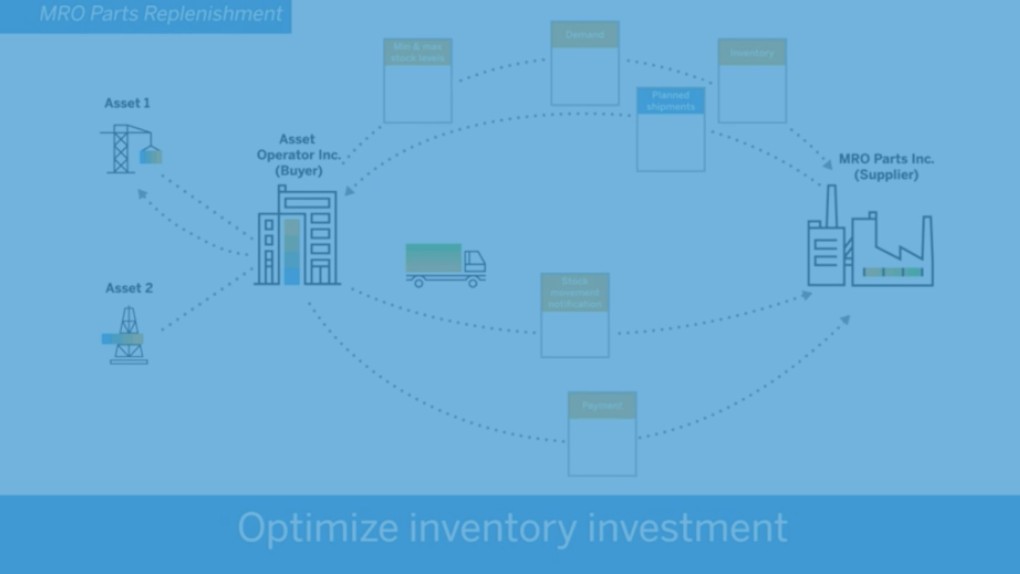Navigating the digital landscape is tough. CIOs need to grapple with the fluid and uncertain business environment. They have to deal with skill shortages, fast-paced changes in technology, and a short shelf-life of products. The pandemic has made their tasks tougher.
Here are seven resolutions for CIOs to make, to ensure their business remains competitive in 2022.
1. Make hybrid work environment seamless
A key focus area of the CIOs in 2022 will relate to making hybrid work seamless.
The future of work is hybrid. About 64% of employees work from home at some point. But the concept of hybrid work is still evolving and has a lot of unknowns. Fragmented technology, privacy and security issues, and work-life balance impede hybrid work.
In 2022, CIOs will have to:
- Overcome technical roadblocks that inhibit seamless remote work.
- Invest in flexible and integrated enterprise systems to support hybrid work.
- Ensure seamless collaboration among remote teams.
- Revamp network security protocols to support hybrid work. For instance, conventional perimeter security is ineffective in the changed digital-first landscape. Securing remote work needs more focus on VPN, encryption, securing the remote worker’s laptops, and so on.
- Build a workplace culture tailored to the hybrid model. Make sure remote workers feel engaged and valued.
2. Drive customer experience to the next level
Successful CIOs need to know customers just as well as they know technology. They understand customer needs and preferences, to set up systems that deliver value to customers.
In 2022, enterprises will depend on CIOs to deliver frictionless customer experiences. The CIO will have to:
- Customize offerings based on customer needs and preferences. Today’s businesses deal with a heterogeneous mix of customers. Customers have varied and often contradictory preferences, values, sensitivities, and tastes. Powerful data analytics systems churn through data to identify such preferences.
- Allow customers to personalize their engagement with the company. One example is offering multi-language capabilities.
- Build systems that deliver accurate information and directions for the customer. Examples include self-service apps and knowledge depositories.
3. Become more agile
CIOs who thrive in 2022 will be more agile than before. They will also make their enterprises agile.
Most enterprises that made it through 2020 and 2021 relatively unscathed did so because they were agile. They could shift to work-from-home mode fast and improvise to overcome supply chain issues. They could adapt and adjust through multiple challenges during the disruption.
- Make sure enterprise processes are flexible, to cope with the fast-changing external environment.
- Promote cross-functional teams to improve decision-making.
- Patronize innovation. Innovation unlocks value. It enables channeling value struck in inefficiencies to productive activities. Doing more with less allows concentrating resources on priority areas.
- Simplify the technology stack. Bespoke processes and tailored applications create friction and slow down the organization. Standardized applications make service seamless, ensure speedier services, and make maintenance easy.
- Promote automation. Automation speeds up processes and ensures optimal use of resources. Automating routine and time-consuming processes allows the workforce to focus on core strengths. For instance, field service automation allows field agents to serve customers rather than waste time filing reports.

4. Reinforce the Cloud
CIOs have been migrating to the cloud for over a decade now. But most enterprises struggle to capture the full value from their cloud deployments. In 2022, the challenge before the CIO is to look beyond productivity improvements. They need to unlock the transformation value offered by the cloud.
- Use the cloud ecosystem to connect different services at scale and distribute workloads.
- Apply advanced analytics to generate new business insights.
- Have a clear view of cloud economics and identify the long-term value of the cloud.
5. Strengthen data capabilities
Data is the lifeblood of business in today’s digital age and the most important driver of value-creating initiatives. One of the top resolutions for CIOs in 2022 is to make their enterprises data-driven. Towards such ends, a CIO should:
- Pay attention to data governance, to improve trust. About 60% of enterprise executives do not trust the data they use.
- Develop orchestration capabilities. Seamless orchestration enables data linkages and delivers advanced experiences. Consider predictive maintenance. For instance, data from IoT sensors attached to a field installation may show temperatures outside the safe range. Connecting such data to inventory data automates the check for replacement widgets. If available, the field service suite generates a work order to replace the widget. If not available, the inventory team orders the widget. When the field agent executes the work order, the data flows to update back-office processes. The data finds use to bill the customer for replacement, update accounts, and so on. Such orchestration requires systems that collect, integrate, and manage target data sets.
- Channel more investments into data infrastructure. For example, deploy powerful analytical tools that deliver real-time insights from big data.
- Pay attention to data quality rather than increasing the quantity of data.
- Develop orchestration capabilities to make multiple data linkages.
6. Make a fresh approach to security
CIOs have their task cut out grappling with cyber security, in 2022. Most enterprises regard security and compliance as necessary evils. Security has become all-important in today’s age of heightened security risks. But security deployments choke speed and impede flexibility.
Smart CIOs approach security as a cultural and managerial issue rather than as a technical issue.
- Make security everyone’s responsibility rather than just the IT team’s concern.
- Reward developers to write robust code with security and compliance in-built. Make sure security and compliance work in the same agile rhythm as developers.
- Adopt a DevSecOps working model to integrate security into each stage of an agile product life cycle
- Automate security to reduce overheads and make the process unobtrusive.
- Identify critical and sensitive data, such as personally identifiable information and trade secrets. Ring-fence such data and track its usage.
Here is how to make effective cyber security risk assessments and manage the IT complexity.
7. Maximize people power
In today’s knowledge-based economy, talented employees deliver a competitive advantage. Easy access to technology makes it a level playing field. Enterprises strive for differentiation through the cognitive skills and abilities of their employees. But skilled employees have become hard to get. Training the IT workforce has not kept pace with tech advances. As such, a big shortage of developers and data science professionals exists. Six-figure salaries are the norm and still turnover is high.
The onus is on the CIO to ensure their enterprises have access to the right talent and make optimal use of the available talent. CIOs need to:
- Adopt a servant leadership style, where they facilitate the knowledge worker to do their work rather than tell them how to do things.
- Train employees to upgrade their skills.
- Partner with HR to make proactive hiring and engage with freelancers to fill skill gaps.
After the disruptions of 2020 and 2021, there might finally be light at the end of the tunnel. A growth phase is not too far away. But only enterprises prepared for growth can take advantage of the coming good times. The best CIOs offer seat belts for acceleration!












